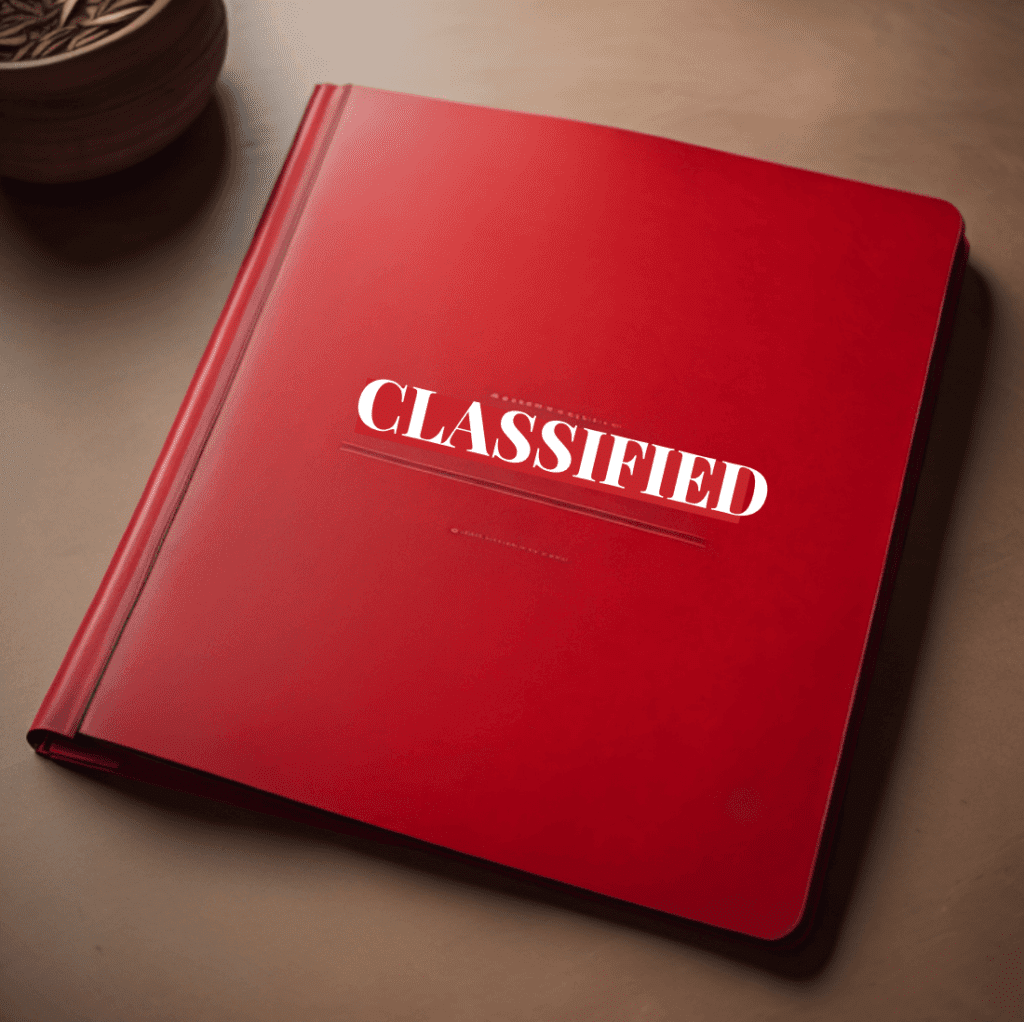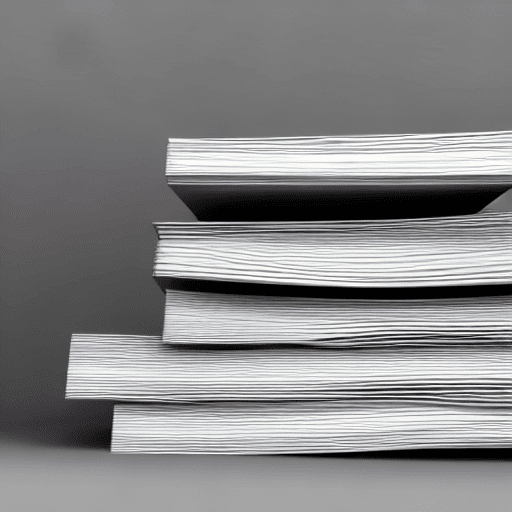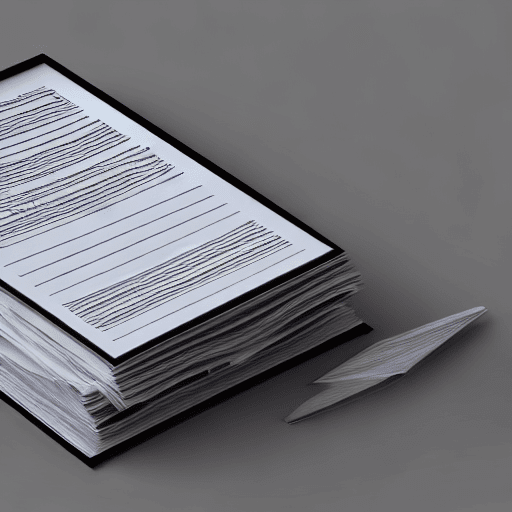What is CUI and what government body specifically, is responsible for protecting CUI?
CUI stands for Controlled Unclassified Information (CUI)
There are many who believe that the responsibility lies with the government, while others believe that it is the responsibility of the businesses that handle this information.
We’re going to put it under a microscope and determine who should be responsible for protecting CUI and why.
A list of 5 key entities responsible for protecting Controlled Unclassified Information (CUI):1

- Federal agencies and their employees are ultimately responsible for handling and protecting CUI in accordance with established laws, regulations, and policies. Agencies must designate CUI Senior Agency Officials and CUI Executive Agents to oversee CUI programs. Employees must receive training on CUI and follow protocols for identifying, marking, accessing, disseminating, storing, and disposing of CUI.
- The National Archives and Records Administration (NARA) oversees the government-wide CUI Program. NARA establishes CUI policy, provides guidance to agencies, and manages CUI categories and subcategories.
- The CUI Executive Agent, currently the Department of Defense, implements the program under NARA’s direction. They provide guidance, training, and assistance to agencies and adjudicate appeals related to CUI.
- Information owners, who are officials with programmatic responsibility for CUI, make determinations on what data meets the criteria for controlled status. They are involved in marking, safeguarding, and disseminating procedures.
- Authorized holders, or individuals who have a lawful government purpose to access CUI, are responsible for properly handling and protecting CUI in their possession according to relevant rules.
So in summary, federal agencies, NARA, the CUI Executive Agent, information owners, and authorized holders all play important roles in the processes and procedures involved in protecting CUI information and materials.
The program involves responsibilities at multiple levels.

The Department of Defense (DoD) is responsible for the protection of CUI.
The Department of Defense establishes and oversees policy and provides direction and guidance to the military services, defense agencies, and other DoD organizations on the safeguarding of CUI.
The Under Secretary of Defense for Intelligence is designated as the Executive Agent for CUI, with overall responsibility for developing, promulgating, and implementing policies and procedures governing the handling of CUI by DoD components.
Component commands are also responsible for safeguarding their own controlled unclassified information (CUI).
Who is responsible for protecting CUI?
The Department of Defense (DoD) is responsible for protecting Controlled Unclassified Information (CUI).
CUI is any information that the government considers sensitive but does not rise to the level of classified information.
- The DoD has strict rules and procedures in place to protect CUI from unauthorized disclosure. All employees who have access to CUI must undergo background checks and security briefings.
In addition, all CUI must be stored in secure facilities and transmitted using secure communications channels.
The DoD takes its responsibility to protect CUI very seriously and employs a variety of measures to ensure that this information is not compromised.
Why is it important to protect CUI?

There are a number of reasons why it is important to protect CUI.
- First, this type of information is often valuable and can be used for nefarious purposes if it falls into the wrong hands.
- Second, CUI often contains sensitive personal information that could be used to exploit individuals.
- Finally, releasing CUI without authorization can result in legal penalties.
Protecting CUI requires taking a proactive approach to security.
Organizations should have policies and procedures in place to prevent unauthorized access and disclosure.
They should also provide training to employees on how to handle CUI properly.
By taking these measures, organizations can help protect this sensitive information.
Who is in charge of CUI?2
There is no one specific person or organization in charge of CUI.

- The Department of Defense (DoD) is responsible for safeguarding classified information, while the National Archives and Records Administration (NARA) is responsible for protecting unclassified federal records.
- However, there are several executive branch agencies and offices that have been tasked with developing and implementing policies and procedures for CUI.
- These include the Office of Management and Budget (OMB), the National Security Council (NSC), and the homeland security and intelligence community.
In addition, Congress has also taken an interest in CUI and has passed several laws and regulations related to its handling.
As a result, there is no single authority in charge of CUI, but a number of different entities that play a role in its management.
Who is responsible for protecting CUI markings and dissemination instructions?

This is a shared responsibility that falls on anyone who comes into contact with CUI. This includes federal employees, contractors, and other third parties.
It is important for everyone who handles CUI to be aware of the proper markings and dissemination instructions in order to protect this sensitive information.
Failure to do so could result in the disclosure of classified information or damage to national security.
How do you protect CUI?3
There are many ways to protect controlled unclassified information.
The most important thing is to know where your CUI is located and who has access to it.
- Physical security measures such as guards, gates, and cameras can help protect CUI from unauthorized access.
- Information security measures such as encryption and access control can help protect CUI from unauthorized use or disclosure.
- Transport security measures such as screening and security clearance can help protect CUI from being lost or stolen.
- Lastly, destruction and disposal procedures can help protect CUI from being improperly disposed of.
By following these security measures, you can help protect controlled unclassified information.
Who provides implementation guidance for the information security program within the DoD?

The Department of Defense (DoD) is responsible for protecting controlled unclassified information (CUI).
- The DoD Information Security Program (DoD IS program) is a set of policies and procedures that protect CUI.
- The DoD IS program is implemented by DoD security professionals who have the training and experience to protect CUI.
- The DoD security professionals provide guidance to the DoD employees and contractors who are responsible for implementing the DoD IS program.
- The DoD security professionals also provide guidance to the DoD Information Assurance (IA) Program Manager.
The IA Program Manager is responsible for managing the DoD IS program.
The IA Program Manager provides guidance to the DoD security professionals on how to implement the DoD IS program.
By working together, we can ensure that CUI is properly protected and our national security is not compromised.
Article Sources
Jacks of Science sources the most authoritative, trustworthy, and highly recognized institutions for our article research. Learn more about our Editorial Teams process and diligence in verifying the accuracy of every article we publish.
